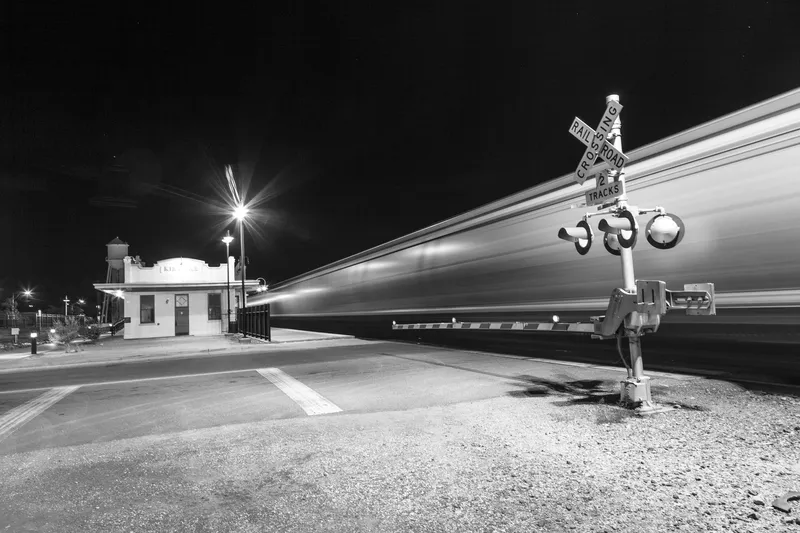TRW Automotive Holdings has developed a new, active seat belt technology which assists the driver to grasp the belt during the buckling up process. The system, known as TRW's active seat belt presenter, can help to support elderly or less mobile passengers, as well as act as a reminder to fasten the seat belt upon entering the vehicle.
July 9, 2012
Read time: 2 mins
RSS601 TRW Automotive Holdings has developed a new, active seat belt technology which assists the driver to grasp the belt during the buckling up process. The system, known as TRW's active seat belt presenter, can help to support elderly or less mobile passengers, as well as act as a reminder to fasten the seat belt upon entering the vehicle.
"Widely available statistics indicate an aging population globally and we believe that comfort functions such as our seat belt presenter are becoming increasingly important for this demographic,” says Uwe Class, senior engineering manager, global active restraint systems at TRW.
TRW's new seatbelt presenter is mounted directly on the height adjuster within the vehicle's B pillar. When the occupant is seated, the presenter, a small arm which rests within the B pillar, brings the belt forward to an 'easier to reach' position. As soon as the occupant takes the belt, the arm simply reverts to its original park position. TRW says the presenter can be integrated easily into the B pillar with no modifications required other than to the trim.
"The seat belt presenter can bring the belt forward up to 300mm depending on the vehicle,” says Class. “We are working closely with individual vehicle manufacturer customers to identify the optimum position for occupants to retrieve the belt and minimise any twisting action required as part of the buckling process."
"Widely available statistics indicate an aging population globally and we believe that comfort functions such as our seat belt presenter are becoming increasingly important for this demographic,” says Uwe Class, senior engineering manager, global active restraint systems at TRW.
TRW's new seatbelt presenter is mounted directly on the height adjuster within the vehicle's B pillar. When the occupant is seated, the presenter, a small arm which rests within the B pillar, brings the belt forward to an 'easier to reach' position. As soon as the occupant takes the belt, the arm simply reverts to its original park position. TRW says the presenter can be integrated easily into the B pillar with no modifications required other than to the trim.
"The seat belt presenter can bring the belt forward up to 300mm depending on the vehicle,” says Class. “We are working closely with individual vehicle manufacturer customers to identify the optimum position for occupants to retrieve the belt and minimise any twisting action required as part of the buckling process."









